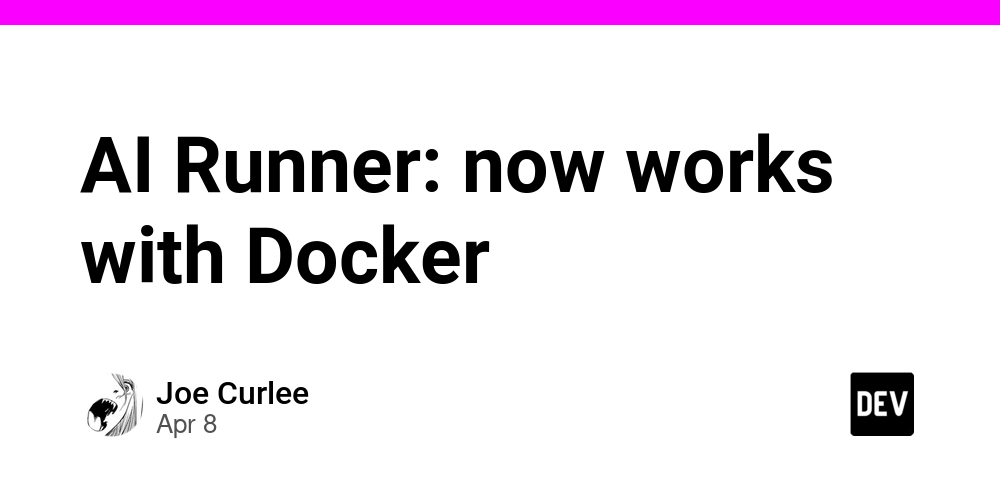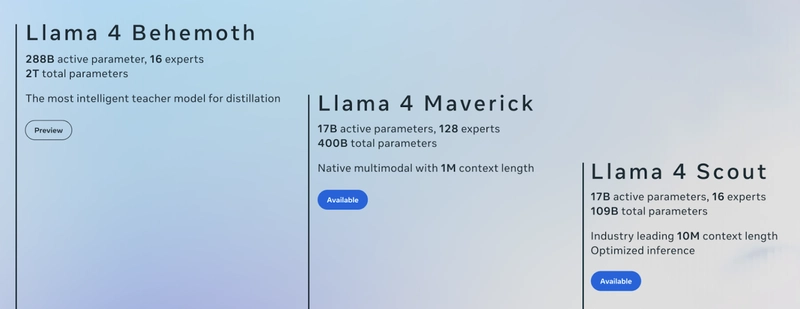Shipped Beats Pretty, Every Time
Many engineers spend days crafting the ideal solution, tweaking every line to be just right. But in the end, they’re left wondering when their code will actually see the light of day. They open their editor, sip their third coffee of the morning, and then it happens - the spiral. Suddenly they’re refactoring a utility class that hasn’t been touched since the Cretaceous period, reworking some “legacy” logic that’s somehow survived four rebrands and a CTO change, and creating a new architecture pattern that they absolutely must document in a 14-page Notion doc. Three days later, no code has shipped. But there is a very tidy folder structure and some truly pristine interfaces. Ladies and gentlemen, this is what we call the perfection trap. Shipping Is the Job Software isn’t built to sit in a pristine repo and be admired - it’s meant to solve problems, deliver value, and, crucially, get used. If your obsession with purity means nothing ever gets deployed, you’re not writing great code - you’re just wasting time and money. There’s a reason “Done > Perfect” is plastered all over engineering walls and startup blogs. It’s not because we hate clean code. It’s because perfect is a moving target, and chasing it is a surefire way to stay stuck in build mode forever. Every day you spend refining an already-good solution is a day you’re not delivering value to your users or your business. And while you’re off in the weeds crafting the perfect pub-sub architecture for a feature that three people might use, the rest of the team is waiting on you to just ship the damn thing. Done means feedback. Done means progress. Done means you’re actually working on a real product instead of engineering fantasy football. That said, this isn’t a binary choice between “ship fast” and “build right.” Great teams - and great engineers - learn to balance pragmatism with principles. Speed and craftsmanship aren’t mutually exclusive, but they do trade off over time. The real skill lies in knowing when “clean enough” will unblock a team or deliver value quickly, and when investing in quality will actually accelerate you in the long run. Neither extreme is sustainable on its own. Good Enough Is Usually More Than Enough Here’s the uncomfortable truth: users don’t care how clever your code is. They care if the button works. They care if the app loads in under five seconds. They care if their data doesn’t vanish into the abyss when they refresh the page. If you’ve ticked those boxes, they’re happy. You don’t get bonus points for wrapping everything in generics and factories unless it actually improves the product. Which, let’s be honest, it usually doesn’t. And here’s where the cost-benefit equation comes in: every hour you spend chasing perfection is an hour you’re not spending solving real problems or delivering value. It’s a direct cost to the business and to the end users who need solutions now. The sooner you ship, the sooner you get feedback, the sooner you can iterate and improve. Learn to Let Go None of this is a defense of shipping junk. “Quick and dirty” becomes just plain dirty when there's no cleanup plan. The goal isn’t to lower the bar—it’s to focus your effort where it matters most right now. If you're building a foundational piece of the system, yeah, spend the extra time. But if it's a feature with uncertain value or limited impact, optimize for learning. Clean code isn’t the enemy - overengineering is. The sweet spot is shipping well-considered, maintainable code that solves real problems without getting lost in abstract ideals. And if that offends your inner perfectionist - good. That’s the part of you that’s been slowing everything down.

Many engineers spend days crafting the ideal solution, tweaking every line to be just right. But in the end, they’re left wondering when their code will actually see the light of day.
They open their editor, sip their third coffee of the morning, and then it happens - the spiral. Suddenly they’re refactoring a utility class that hasn’t been touched since the Cretaceous period, reworking some “legacy” logic that’s somehow survived four rebrands and a CTO change, and creating a new architecture pattern that they absolutely must document in a 14-page Notion doc.
Three days later, no code has shipped. But there is a very tidy folder structure and some truly pristine interfaces.
Ladies and gentlemen, this is what we call the perfection trap.
Shipping Is the Job
Software isn’t built to sit in a pristine repo and be admired - it’s meant to solve problems, deliver value, and, crucially, get used. If your obsession with purity means nothing ever gets deployed, you’re not writing great code - you’re just wasting time and money.
There’s a reason “Done > Perfect” is plastered all over engineering walls and startup blogs. It’s not because we hate clean code. It’s because perfect is a moving target, and chasing it is a surefire way to stay stuck in build mode forever. Every day you spend refining an already-good solution is a day you’re not delivering value to your users or your business. And while you’re off in the weeds crafting the perfect pub-sub architecture for a feature that three people might use, the rest of the team is waiting on you to just ship the damn thing.
Done means feedback. Done means progress. Done means you’re actually working on a real product instead of engineering fantasy football.
That said, this isn’t a binary choice between “ship fast” and “build right.” Great teams - and great engineers - learn to balance pragmatism with principles. Speed and craftsmanship aren’t mutually exclusive, but they do trade off over time. The real skill lies in knowing when “clean enough” will unblock a team or deliver value quickly, and when investing in quality will actually accelerate you in the long run. Neither extreme is sustainable on its own.
Good Enough Is Usually More Than Enough
Here’s the uncomfortable truth: users don’t care how clever your code is. They care if the button works. They care if the app loads in under five seconds. They care if their data doesn’t vanish into the abyss when they refresh the page. If you’ve ticked those boxes, they’re happy. You don’t get bonus points for wrapping everything in generics and factories unless it actually improves the product. Which, let’s be honest, it usually doesn’t.
And here’s where the cost-benefit equation comes in: every hour you spend chasing perfection is an hour you’re not spending solving real problems or delivering value. It’s a direct cost to the business and to the end users who need solutions now. The sooner you ship, the sooner you get feedback, the sooner you can iterate and improve.
Learn to Let Go
None of this is a defense of shipping junk. “Quick and dirty” becomes just plain dirty when there's no cleanup plan. The goal isn’t to lower the bar—it’s to focus your effort where it matters most right now. If you're building a foundational piece of the system, yeah, spend the extra time. But if it's a feature with uncertain value or limited impact, optimize for learning. Clean code isn’t the enemy - overengineering is. The sweet spot is shipping well-considered, maintainable code that solves real problems without getting lost in abstract ideals.
And if that offends your inner perfectionist - good. That’s the part of you that’s been slowing everything down.




























![[Webinar] AI Is Already Inside Your SaaS Stack — Learn How to Prevent the Next Silent Breach](https://blogger.googleusercontent.com/img/b/R29vZ2xl/AVvXsEiOWn65wd33dg2uO99NrtKbpYLfcepwOLidQDMls0HXKlA91k6HURluRA4WXgJRAZldEe1VReMQZyyYt1PgnoAn5JPpILsWlXIzmrBSs_TBoyPwO7hZrWouBg2-O3mdeoeSGY-l9_bsZB7vbpKjTSvG93zNytjxgTaMPqo9iq9Z5pGa05CJOs9uXpwHFT4/s1600/ai-cyber.jpg?#)











































































































































![[The AI Show Episode 144]: ChatGPT’s New Memory, Shopify CEO’s Leaked “AI First” Memo, Google Cloud Next Releases, o3 and o4-mini Coming Soon & Llama 4’s Rocky Launch](https://www.marketingaiinstitute.com/hubfs/ep%20144%20cover.png)





























































































































![[FREE EBOOKS] Machine Learning Hero, AI-Assisted Programming for Web and Machine Learning & Four More Best Selling Titles](https://www.javacodegeeks.com/wp-content/uploads/2012/12/jcg-logo.jpg)








































































![Rogue Company Elite tier list of best characters [April 2025]](https://media.pocketgamer.com/artwork/na-33136-1657102075/rogue-company-ios-android-tier-cover.jpg?#)








































































_Andreas_Prott_Alamy.jpg?width=1280&auto=webp&quality=80&disable=upscale#)





























































































![What’s new in Android’s April 2025 Google System Updates [U: 4/18]](https://i0.wp.com/9to5google.com/wp-content/uploads/sites/4/2025/01/google-play-services-3.jpg?resize=1200%2C628&quality=82&strip=all&ssl=1)










![Apple Watch Series 10 Back On Sale for $299! [Lowest Price Ever]](https://www.iclarified.com/images/news/96657/96657/96657-640.jpg)
![EU Postpones Apple App Store Fines Amid Tariff Negotiations [Report]](https://www.iclarified.com/images/news/97068/97068/97068-640.jpg)
![Apple Slips to Fifth in China's Smartphone Market with 9% Decline [Report]](https://www.iclarified.com/images/news/97065/97065/97065-640.jpg)


































































































































